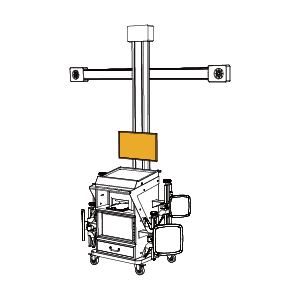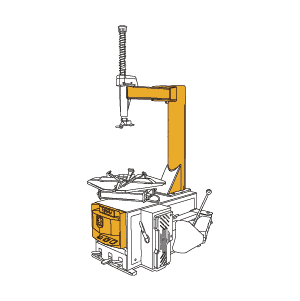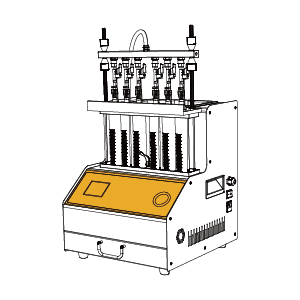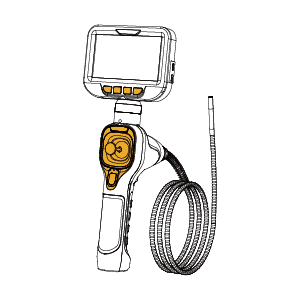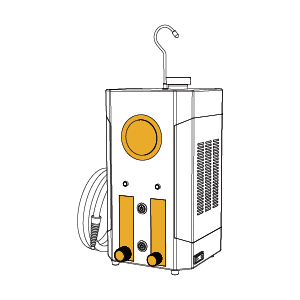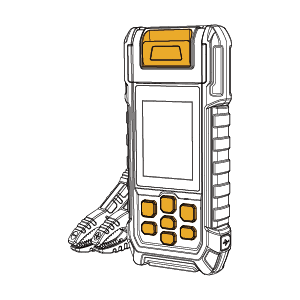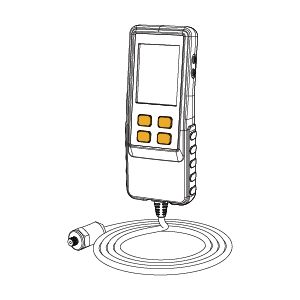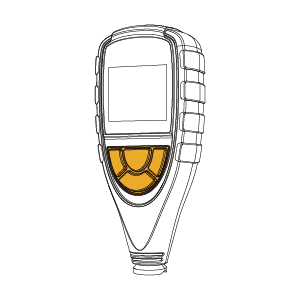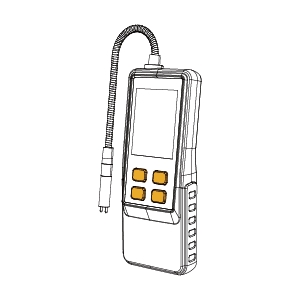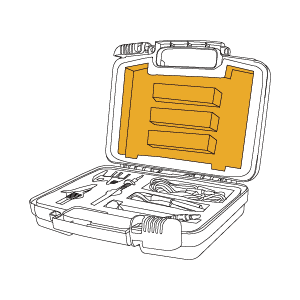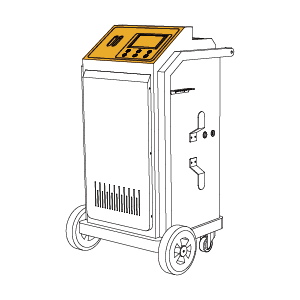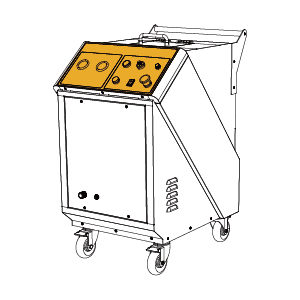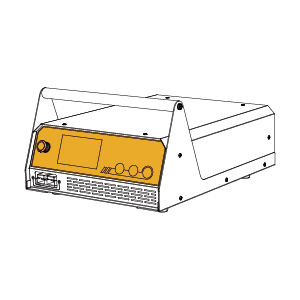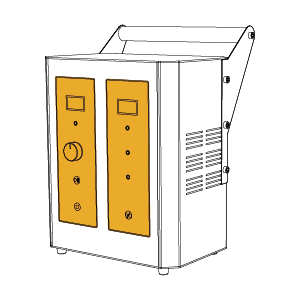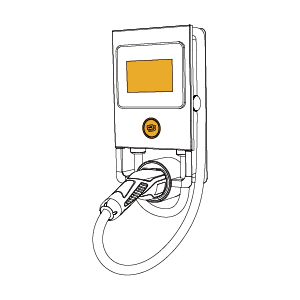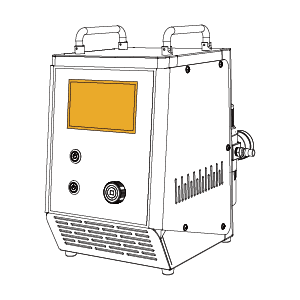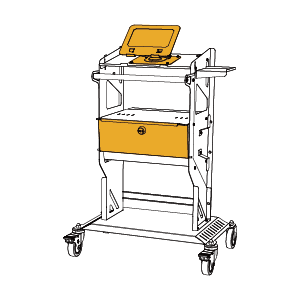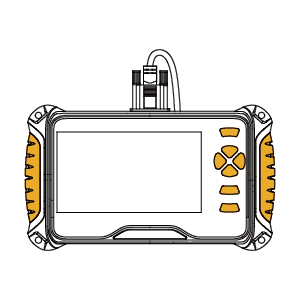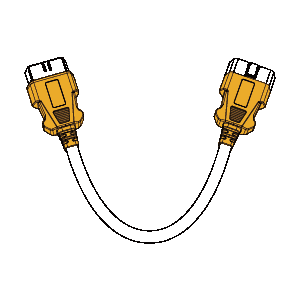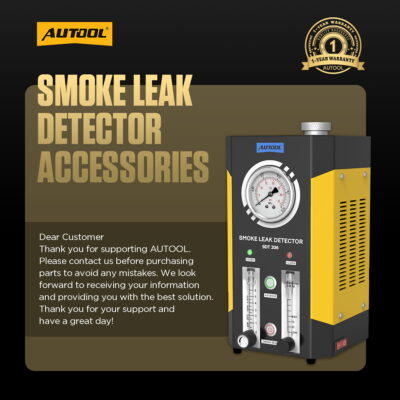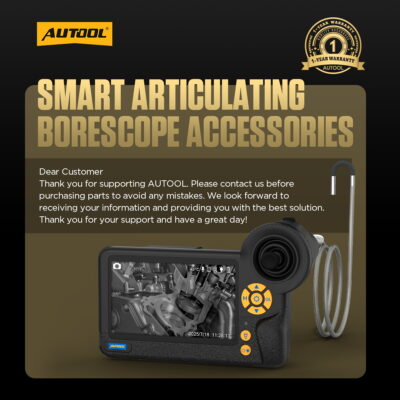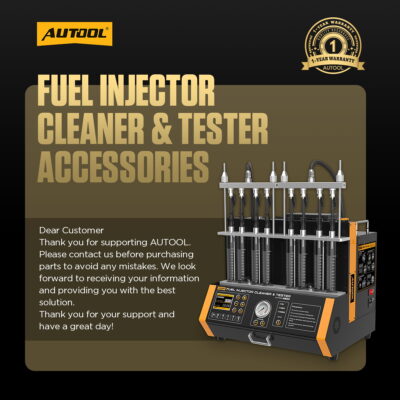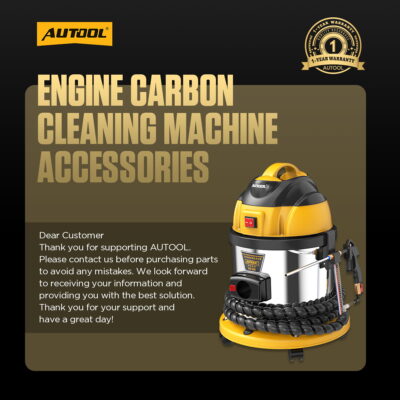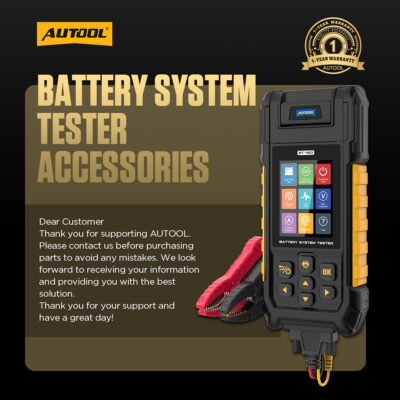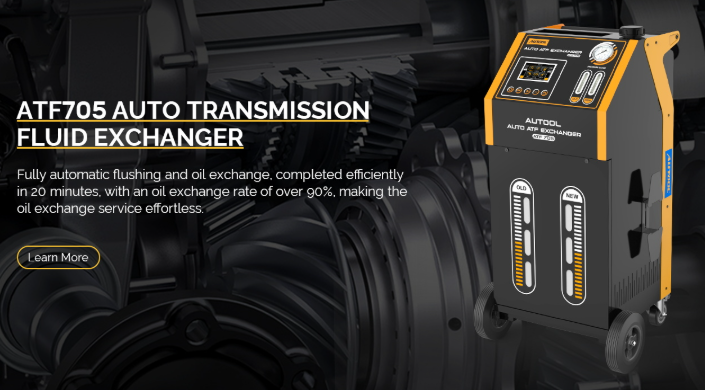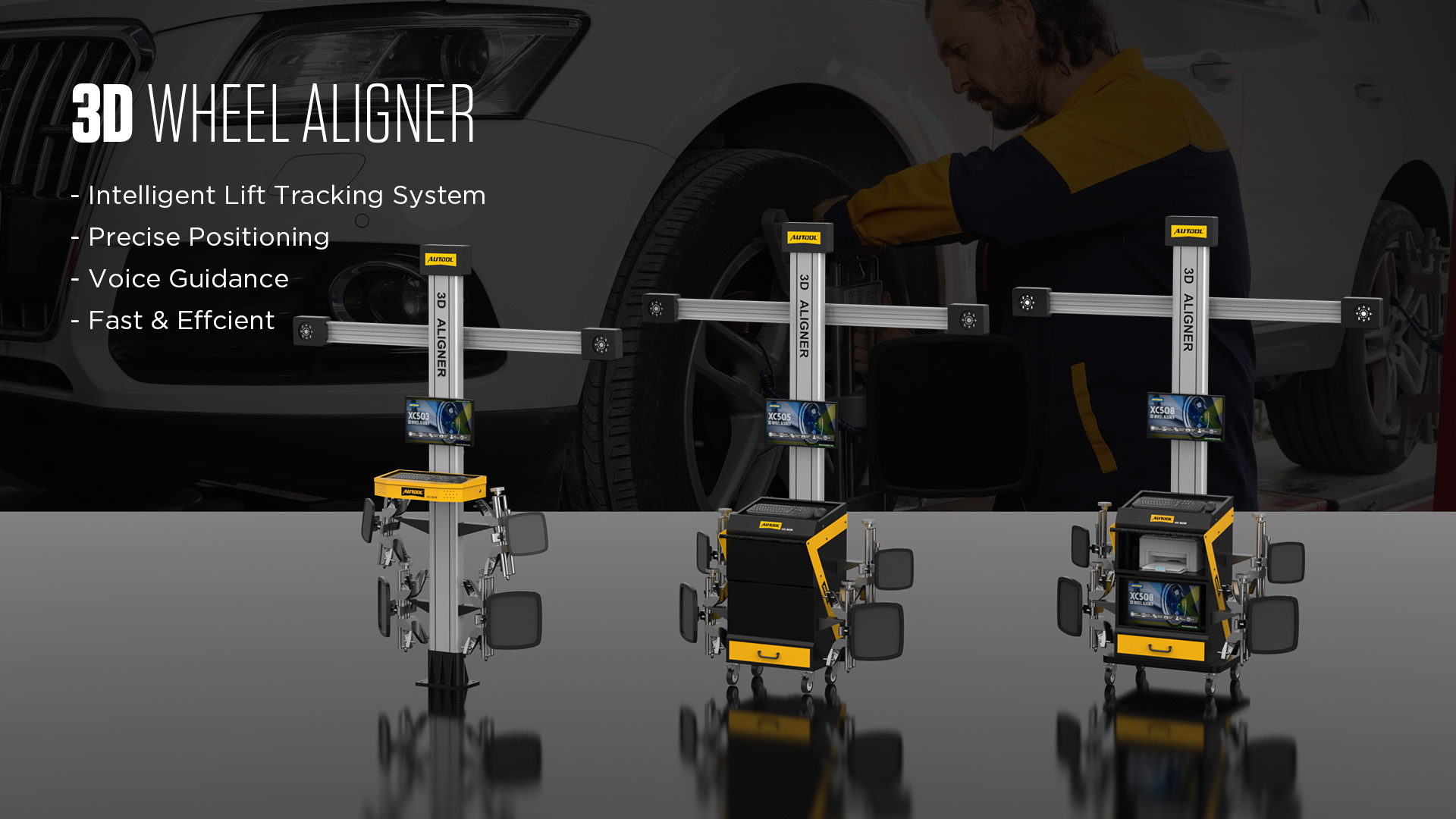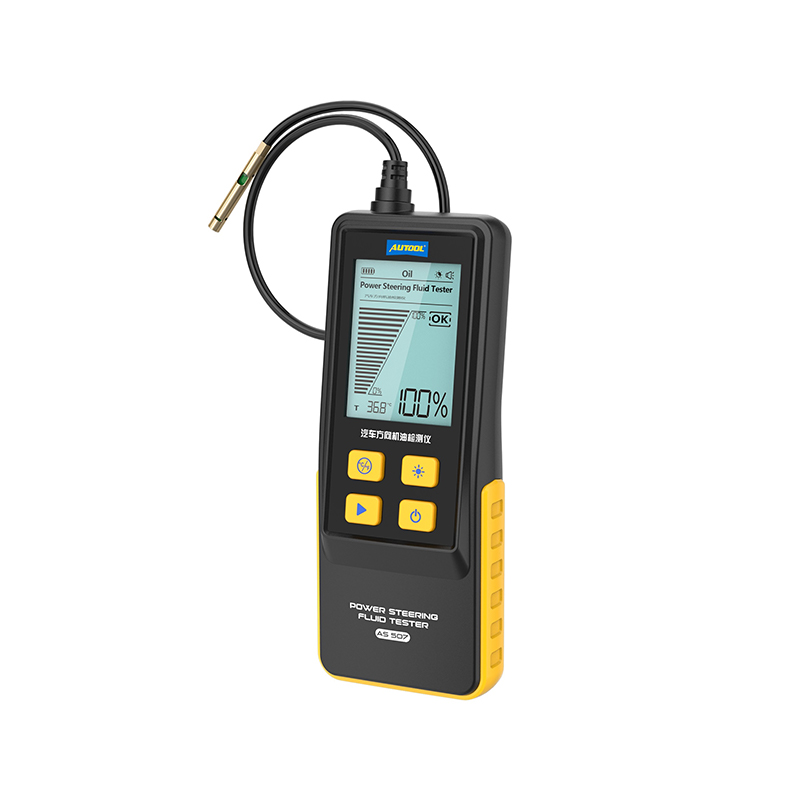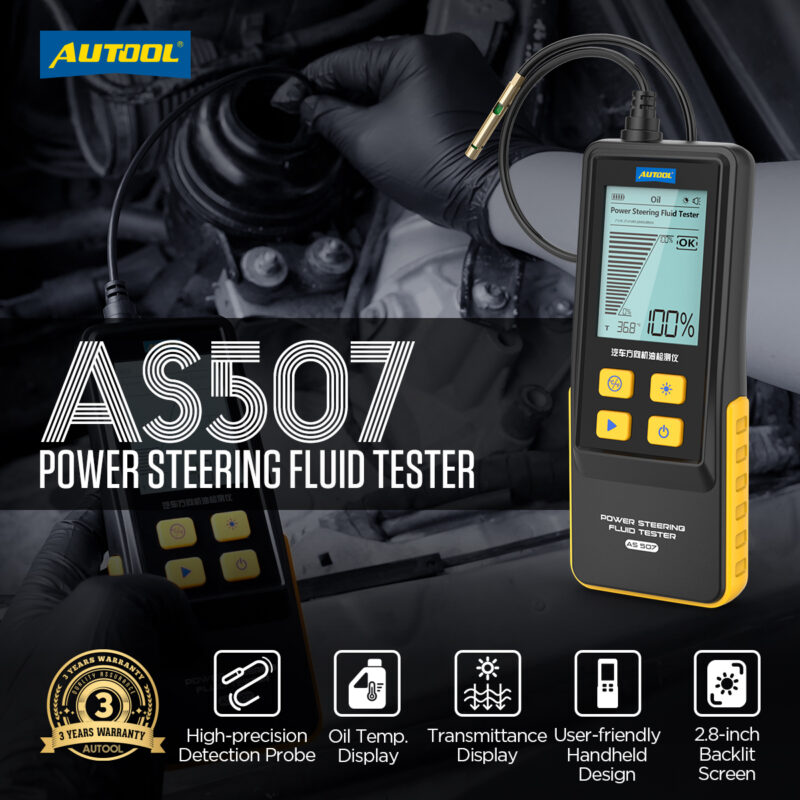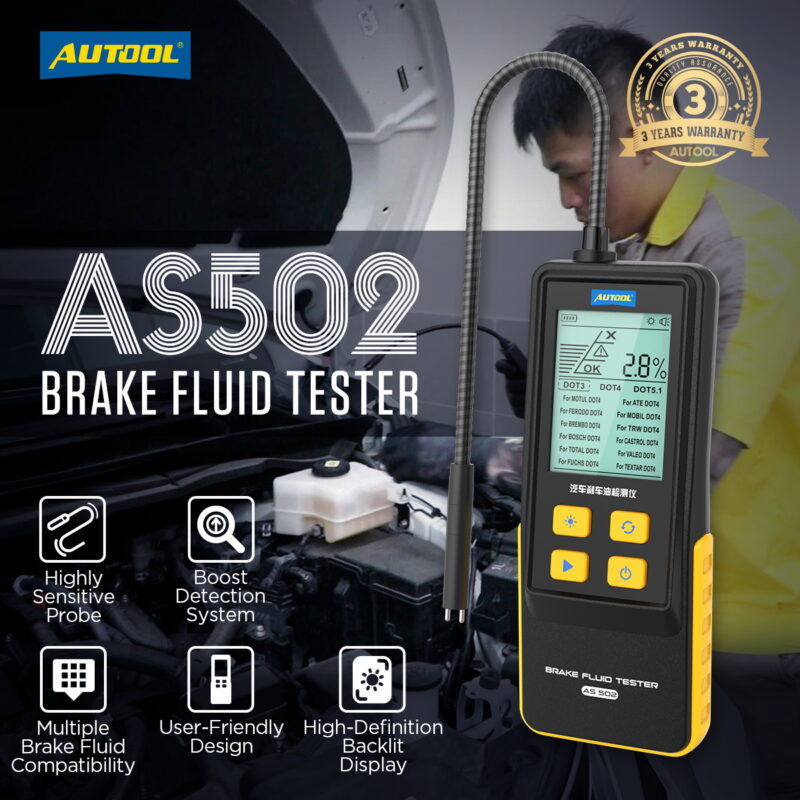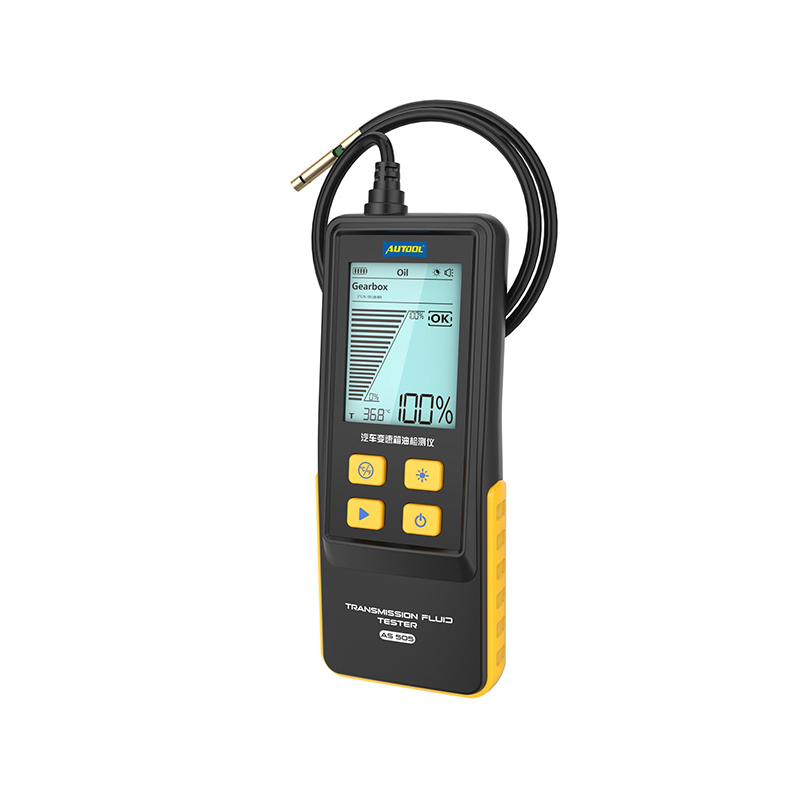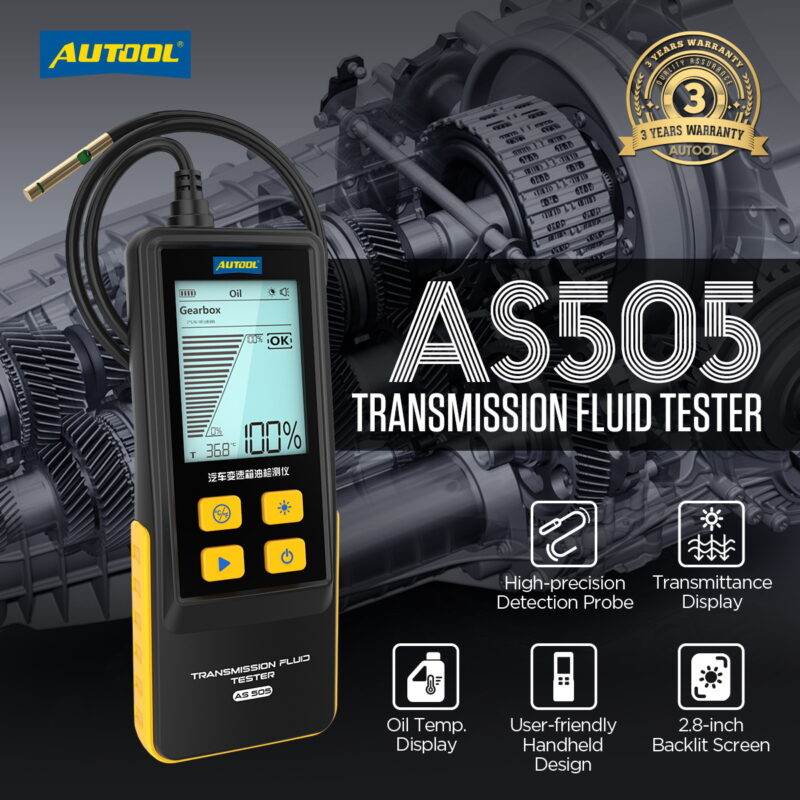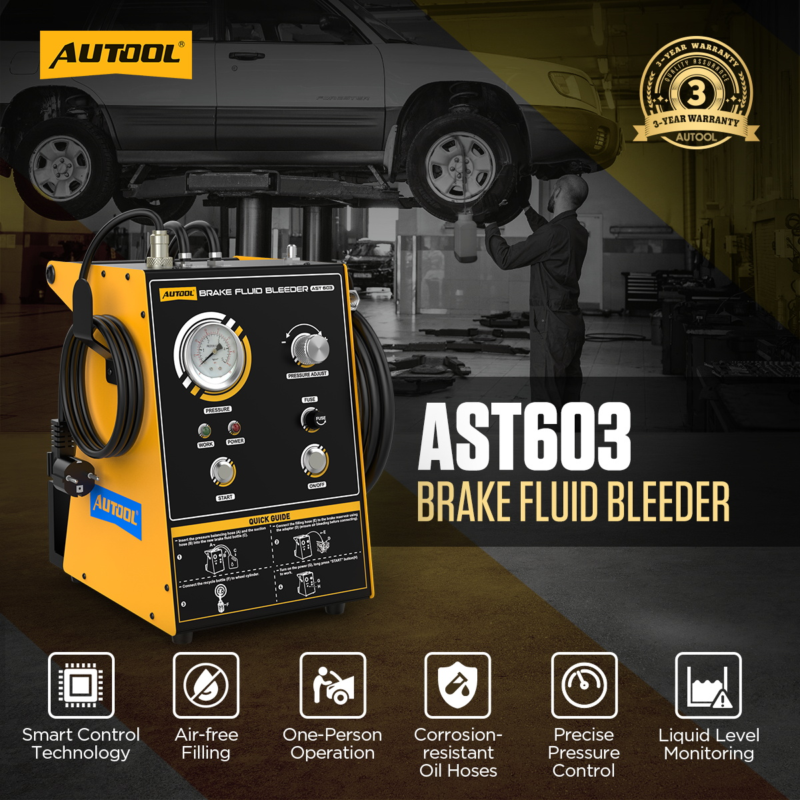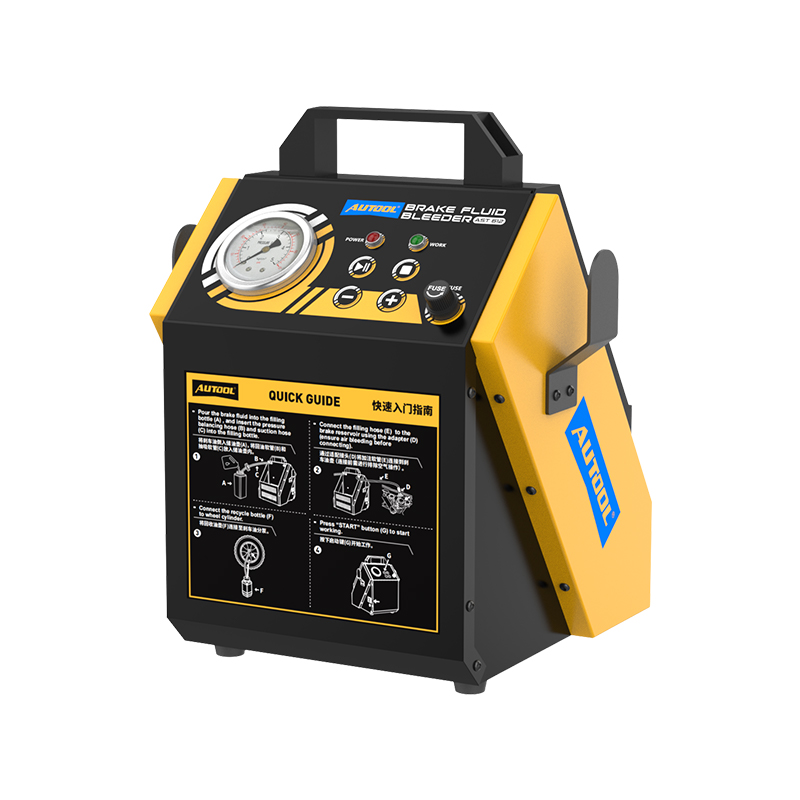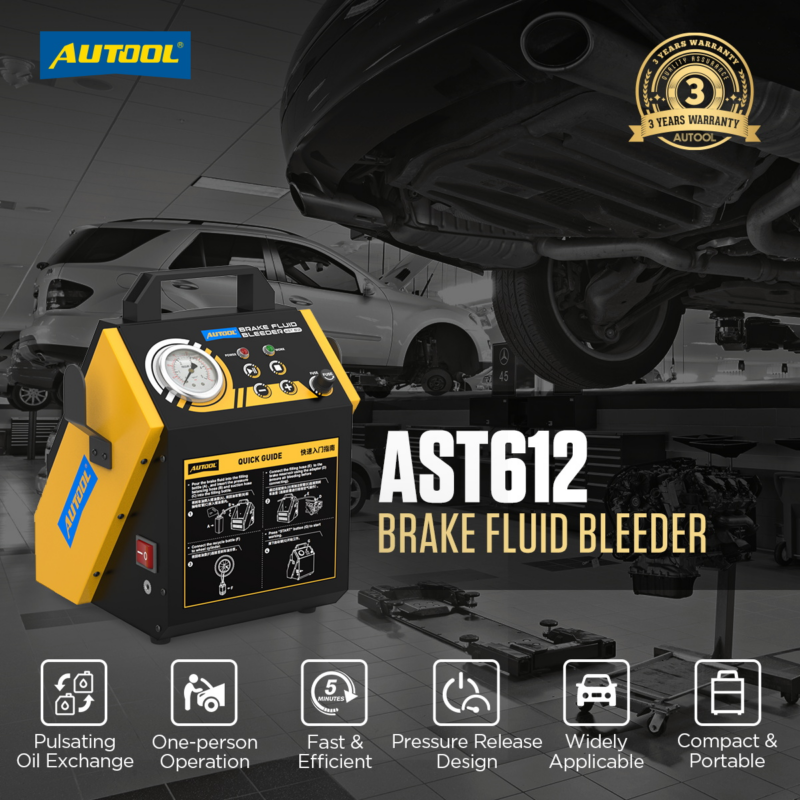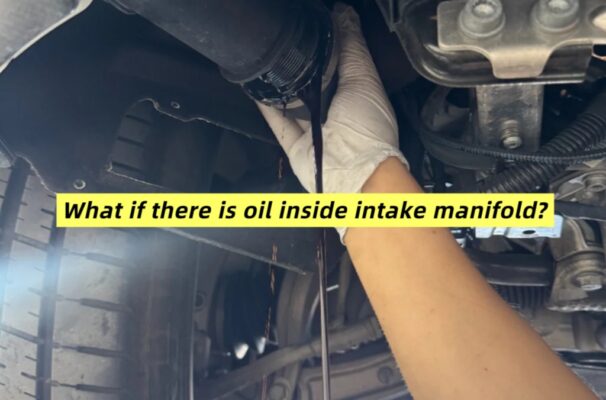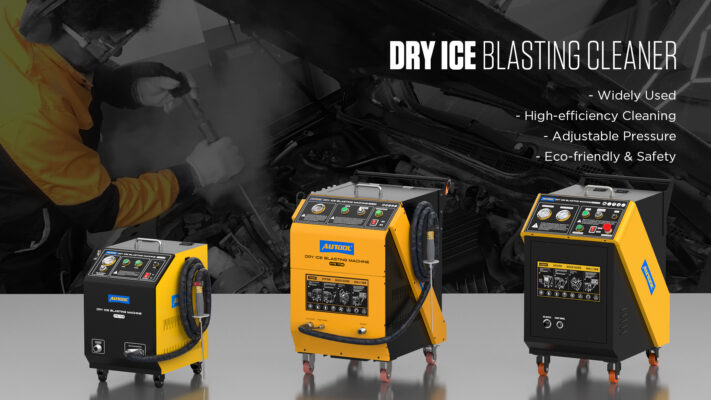AUTOOL Blog, Tips & Tutorials
Diagnosing Heavy Steering: What You Need to Know
Have you ever noticed your steering wheel suddenly becoming heavier than usual while driving? Especially during low-speed turns or parking, when the wheel requires significantly more effort to turn? A sudden increase in steering resistance not only makes driving more strenuous but also serves as an important warning signal from the power steering system. Ignoring these signs may lead to further issues such as steering failure or component damage, posing serious safety risks. In this article, we provide a comprehensive explanation of the common causes behind heavy steering.
What causes heavy steering?
1. Low Power Steering Fluid Level
Insufficient fluid is one of the most common issues in traditional hydraulic power steering systems. When the fluid level drops, hydraulic pressure decreases, preventing the power steering pump from generating adequate pressure, which makes the steering wheel noticeably heavier.
Typical symptoms: Heavy steering, sometimes accompanied by slight noise or vibration.
2. Power Steering Fluid Leak
As the hydraulic system ages, hoses, seals, or the steering gear itself may develop leaks.
If the leak persists, the system can even draw in air, causing shaking or intermittent loss of steering assist.
Professional tip: If you notice red or amber fluid on the ground, do not continue driving.
3. Power Steering Pump (Hydraulic Pump) Failure
After prolonged high-load operation, the pump can wear out, or a loose belt may cause insufficient pressure.
When the pump cannot maintain stable hydraulic pressure, the steering wheel becomes noticeably heavy, especially at low speeds.
Symptoms: Humming noise or jerky feeling when turning the wheel.
4. Electric Power Steering (EPS) Malfunction
Modern vehicles often use EPS systems, which rely on an electric motor and sensors to provide steering assist.
If the motor overheats, a sensor malfunctions, or the control module fails, steering assist can disappear suddenly, making the steering wheel extremely heavy.
Common sign: Steering assist warning light illuminates on the dashboard.
5. Mechanical Wear or Binding
Mechanical failures should not be overlooked, including:
-
Worn steering rack
-
Loose ball joints
-
Binding steering shaft
-
Aged bushings
These issues increase steering resistance and can even cause sticking in severe cases.
6. Tire Issues: Low Pressure or Uneven Wear
Low tire pressure increases the contact area with the road, making the steering heavier. This is one of the most commonly overlooked causes in everyday driving.
7. Aging Suspension and Chassis Components
Worn suspension parts, such as control arm bushings, shock absorbers, or tie rods, can create uneven steering resistance, which may manifest as heavy steering.
Handling and Troubleshooting Heavy Steering
1. Initial Assessment — Hydraulic vs. Electric (EPS)
Purpose: Determine the type of power steering system, as the troubleshooting steps differ.
Check your dashboard for “Power Steering” or EPS warning lights.
Refer to your owner’s manual or under-hood label to confirm whether your vehicle uses hydraulic, electric (EPS), or hybrid assist.
If unsure, proceed with the general inspection workflow below.
2. Quick Manual Test (Safe & Fast)
Purpose: Distinguish between sudden loss of assist and mechanical binding.
Engine Off: Turn the steering wheel slowly left and right. It should feel stiff but smooth.
If it’s stiff or produces noise → Likely mechanical issues (steering rack, shaft, universal joint).
Engine On: Test again at idle.
Steering becomes much lighter → Likely a power assist system issue.
Still heavy → Could be mechanical, tires, or suspension.
3. Check Tires and Suspension
Purpose: Eliminate common, easily fixable causes of heavy steering.
Measure tire pressure and inflate to manufacturer-recommended values.
Inspect tires for uneven wear, bulges, or foreign objects.
Check wheel alignment and suspension components such as control arms, bushings, tie rods, and shocks.
Resolving tire pressure or alignment issues often fixes “heavy” steering.
4. Inspect Power Steering Fluid (Hydraulic/Hybrid Systems)
Purpose: Ensure correct fluid level and quality—the most common cause of heavy steering.
Check fluid level on a cold engine; it should be between MIN and MAX.
Inspect color and smell: clear or light brown is normal; black, metallic, or burnt smell indicates contamination or pump wear.
Turn the wheel at idle and observe for bubbles (air) or rapid fluid drop (leak).
Low fluid → temporarily top up and check for leaks.
Contaminated fluid → flush system, replace fluid, and inspect the pump.
5. Check for Leaks and Belt Condition (Hydraulic Systems)
Purpose: Identify external leaks and ensure power source reliability.
Inspect hoses, pump, and connections for leaks.
Check belt for looseness, cracks, or slippage.
Replace leaking hoses or worn belts as needed.
6. Listen for Noise and Vibrations
Purpose: Use sound to help pinpoint problem areas.
High-pitched whine → Pump cavitation or damage.
Low humming → Belt or pump bearing issues.
Metal scraping or sticking → Mechanical binding in rack or joints.
7. EPS-Specific Checks (Electric Power Steering)
Purpose: Diagnose electric systems without hydraulic fluid.
Check for EPS warning lights; note if ABS or other lights are also on.
Use an OBD2 diagnostic tool to read fault codes.
Common issues: torque sensor, steering angle sensor, EPS motor, or control module.
Inspect fuses, relays, and wiring for damage or corrosion.
Steering feel changes with engine off/on may indicate EPS problems.
Follow diagnostic codes for sensor, wiring, or control module replacement.
8. Advanced Diagnostics (For Professionals)
Purpose: Quantify issues and locate faulty components.
Hydraulic Pressure Gauge: Check pump performance and blockages.
Oscilloscope/Multimeter: Evaluate EPS motor and sensor signals.
Road Test: Assess assist variation at different speeds.
4-Wheel Alignment Check: Verify toe, camber, and caster angles.
9. Recommended Solutions
| Problem Type | Recommended Action |
|---|---|
| Tire or pressure issues | Inflate, replace tires, perform 4-wheel alignment |
| Low/contaminated fluid | Refill, flush system, repair leaks |
| Pump or belt issues | Replace pump or adjust/replace belt |
| Mechanical binding (rack, ball joints, bushings) | Inspect, repair, or replace components |
| EPS faults (with codes) | Replace sensors, wiring, motor, or control module |
| Safety-critical or uncertain issues | Seek professional service immediately |
How to prevent steering wheels from becoming heavy?
The most effective way to avoid sudden heavy steering is proactive maintenance and regular checks. Follow these tips to reduce the risk of power steering issues and maintain smooth handling:
1. Check Tire Pressure and Condition Regularly
At least once a month or before long trips, inspect tire pressure and tread. Low pressure increases friction, making steering heavier, accelerating tire wear, and raising fuel consumption.
2. Inspect Power Steering Fluid Level and Quality (for hydraulic systems)
During regular maintenance, have a technician check fluid level, color, and contamination (oxidation, dark color, bubbles, or debris). Consistent fluid loss may indicate a leak that needs repair.
3. Monitor Drive Belt Wear and Tension
The power steering pump relies on the belt for power. Worn, loose, or noisy belts can reduce hydraulic assist. Check belts according to manufacturer intervals (usually every 20,000–40,000 km or annually).
4. Check EPS Electrical System (for electric power steering)
For EPS-equipped vehicles, regularly inspect the motor, control unit, and torque sensor. Authorized service stations can perform software updates and system self-checks to ensure optimal steering assist.
5. Perform Regular 4-Wheel Alignment
After tire replacement, minor collisions, or signs of misalignment or uneven wear, perform a 4-wheel alignment. Proper alignment ensures straight-line driving, smooth steering, and prolongs suspension life.
Summary
Regular maintenance, early inspection, and attention to tires, fluid, belts, and EPS systems are the best ways to prevent sudden heavy steering. Following these steps ensures safe, stable, and effortless vehicle handling.
👉Want to learn more about car repair? Or want to buy affordable car repair tools? Please contact me.
- WhatsApp: +86 189 2647 7404
- Email: shop@autooltech.com



